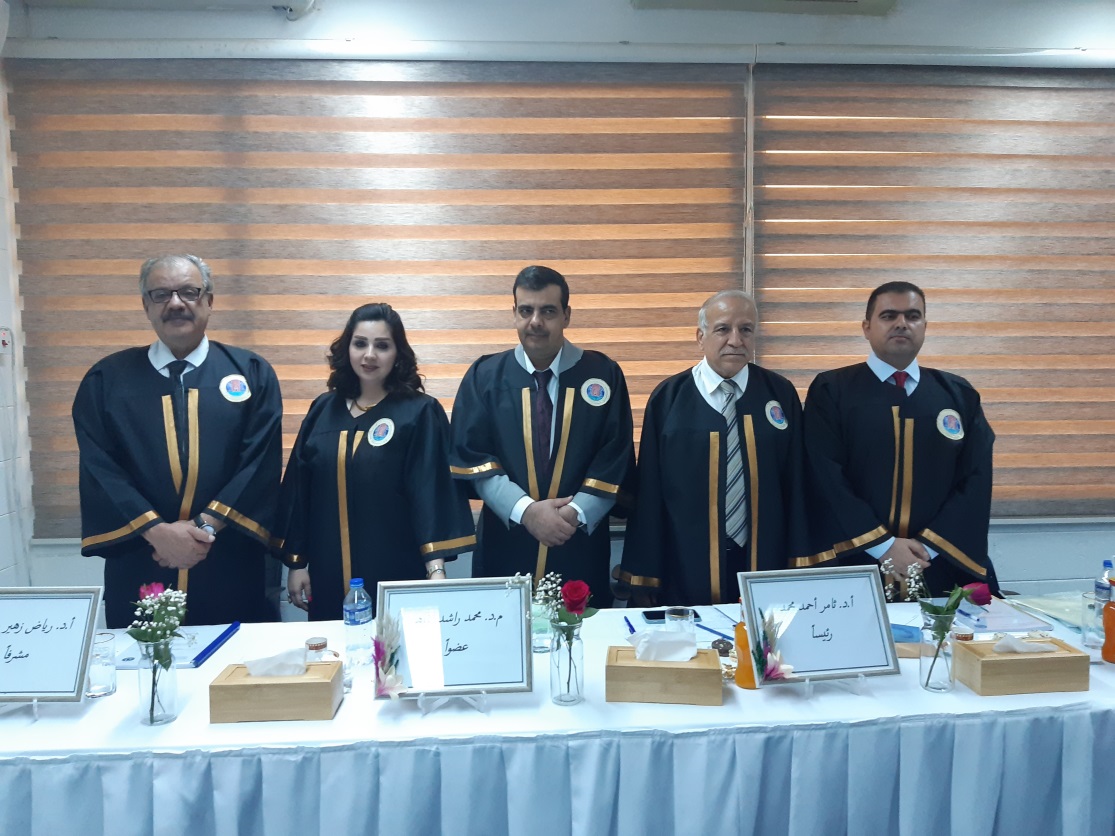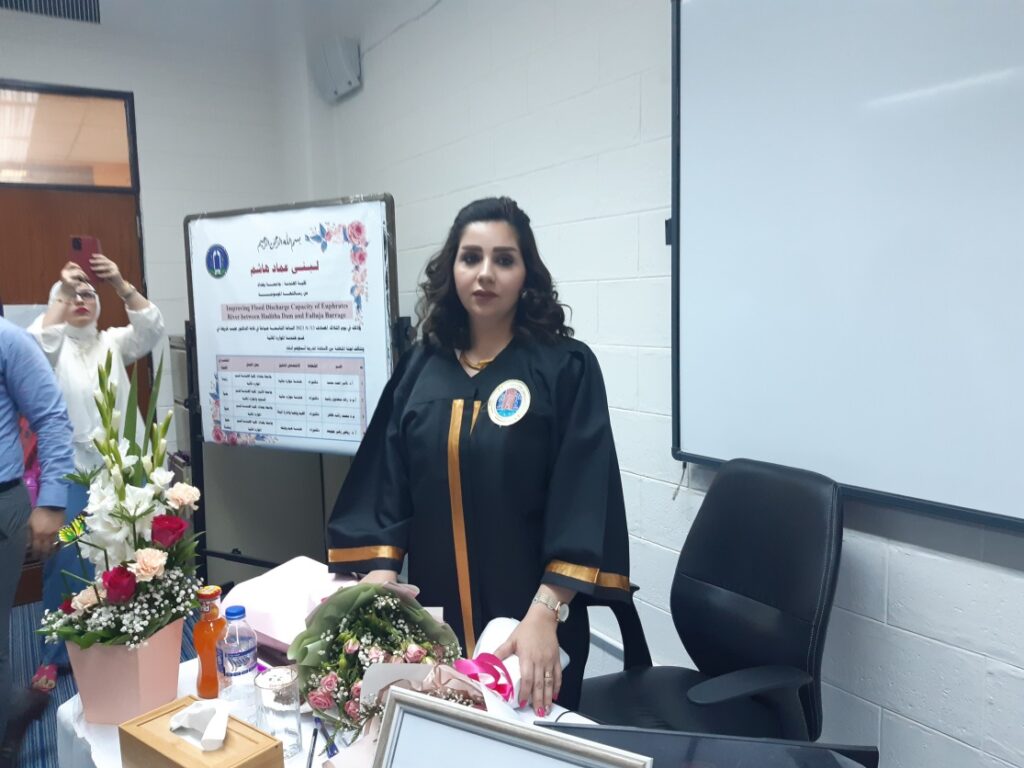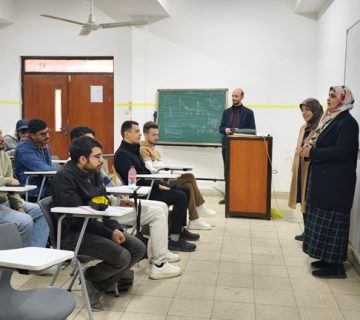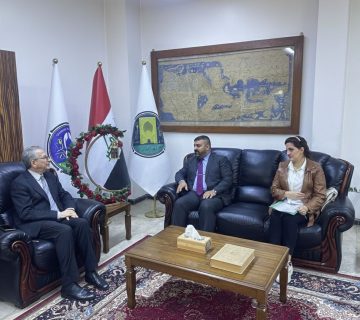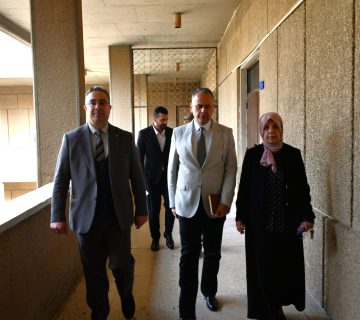A Thesis discussion was held on Tuesday 15-6-2023 in Prof. Dr. Najeeb Kharufa Hall. This thesis was presented by student (Lubna Imad Hashim) and titled as:
“Simulate of Flood Control Scenario for Euphrates River between Haditha Dam and Ramadi Barrage”
After discussing the student, listening to his defense, and evaluating the level of the thesis, the student was granted a master’s degree in Water Resources Engineering – Water Resources. With High Very Good Degree
The discussion committee was consisted by the following:
Prof. Dr. Thamir Ahamed Mohammed —————— Chairman
Asst. Prof. Dr. Rafid Saadoun Rashid——————- Membership
Lec. Dr. Mohammed Rashid Dhaher ——————– Membership
Prof. Dr. Riyadh Z. Azzubaidi. ————————— Supervisor
The Thesis Abstract as : –
This study was conducted to estimate the discharge capacity of a reach of Euphrates River extended from downstream of Haditha Dam to Ramadi Barrage. This reach had five main lateral inflows from seasonal wadies. Al Warrar Canal represented the main lateral outflow along the study reach. The model results indicated that the current capacity of the Euphrates River from the downstream of Haditha Dam to the upstream of Ramadi barrage is 3000m3/s with and without lateral inflow. The river cas pass discharge of 4000m3/s in the case of modifying the narrow cross sections in the last 40km upstream of Ramadi Barrage, the study reach will pass safely a discharge of a return period of 500 years that is 4000m3/s. The results of 2D model shows that Haditha city will be in danger of the maximum flood wave at level 134.85m.a.m.s.l. after 7 hours from the dam failure, and the maximum elevation of the flood wave resulting from the Haditha Dambreak will arrive in the center of Ramadi city after 25 hours from the breach with the water level of 55.04m.a.m.s.l.
The main objectives for this thesis are:
The main objective can be summarized as following; studying the current capacity of the Euphrates River to make adjustments to the narrow cross-sections to pass the expected flood wave, and studying the flood wave and submersion areas that could result from a hypothetical collapse of the Haditha Dam.
Recommendations:
- Conduct a field investigation on the values of Manning’s Roughness Coefficient for the studied reach.
- Study and evaluate the flooding system of the Euphrates River from the Al Warrar system to Al Habbaniyah Lake.
- Study the sediment transport along the Euphrates reach from Haditha Dam to Ramadi Barrage.

